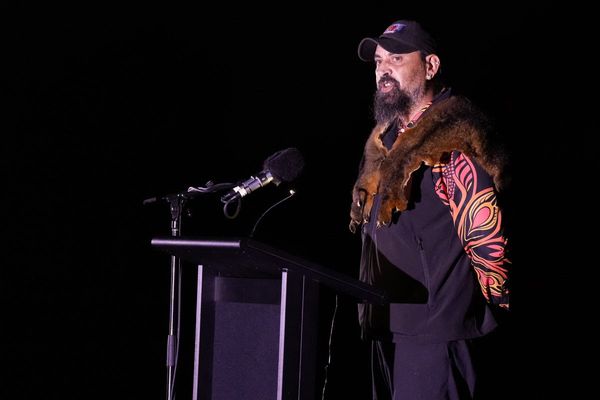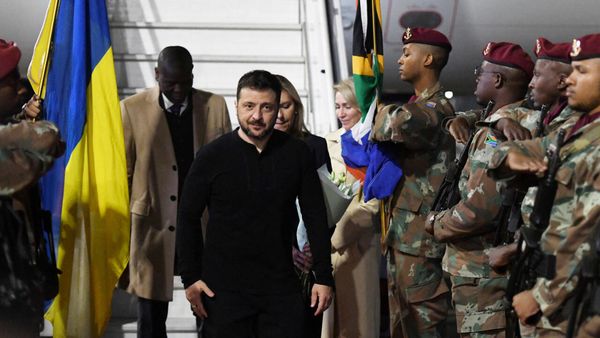Signalling a roadmap for India’s future space ambitions, Prime Minister Narendra Modi has “directed” the Indian Space Research Organisation (ISRO) to set up an India-crafted, indigenous space station by 2035 and land an Indian on the moon by 2040. This followed a review of preparations for the Gaganyaan mission — India’s first manned mission to space, scheduled for 2025 — on October 17.
“Building on the success of the Indian space initiatives, including the recent Chandrayaan-3 and Aditya L-1 missions, Prime Minister directed that India should now aim for new and ambitious goals, including setting up ‘Bharatiya Antariksha Station’ (Indian Space Station) by 2035 and sending first Indian to the Moon by 2040,” said a statement from the Prime Minister’s Office.
Mission to the moon, and beyond
Mr. Modi chaired the meeting to assess the progress of the Gaganyaan mission and outline the future of Indian space exploration. The Department of Space (DoS), under which ISRO functions, presented the state of preparedness and technologies developed for Gaganyaan. A critical test of a module called the Crew Escape System Test vehicle is scheduled for Saturday.
The DoS will make a roadmap for moon exploration, which will consist of a “series of Chandrayaan missions, developing a new generation launch vehicle, constructing a new launch pad, setting up human-centric laboratories and associated technologies,” the PMO statement said.
Mr Modi also “called upon” scientists to work towards interplanetary missions, including a space vehicle to orbit Venus and one that will land on Mars.
Expensive plans
The International Space Station (ISS), jointly developed and maintained by the United States, Russia, Canada, Japan, and European agencies, is the largest space station but is expected to be decommissioned by 2030 due to escalating costs and disagreement among partner countries on finances. China’s Tiangong is the only other space station, with three astronauts on board, though it is only about 40% of the size of the ISS. Since India signed the Artemis Accords, the United States’ endeavour to return to the moon, there are plans to send an Indian to the ISS in 2024.
Experts have said that a manned mission to the moon and a space station will require large, sustained investments and significant contribution from the private sector. While space stations and moon missions involving the U.S. and Russia were a product of military space races, future space stations will need to follow a different template that would require extensive testing and thus, high costs, an expert connected to the ISRO told The Hindu on condition of anonymity.
“The technological development that enabled the Apollo missions [which landed U.S. astronauts on the moon] would be crude by today’s standards. As the Gaganyaan mission demonstrates, there are multiple ground tests for every stage and these are what make missions expensive. We’ll need to wait for budgets before deciding on whether these are realistic timelines,” the person added.







